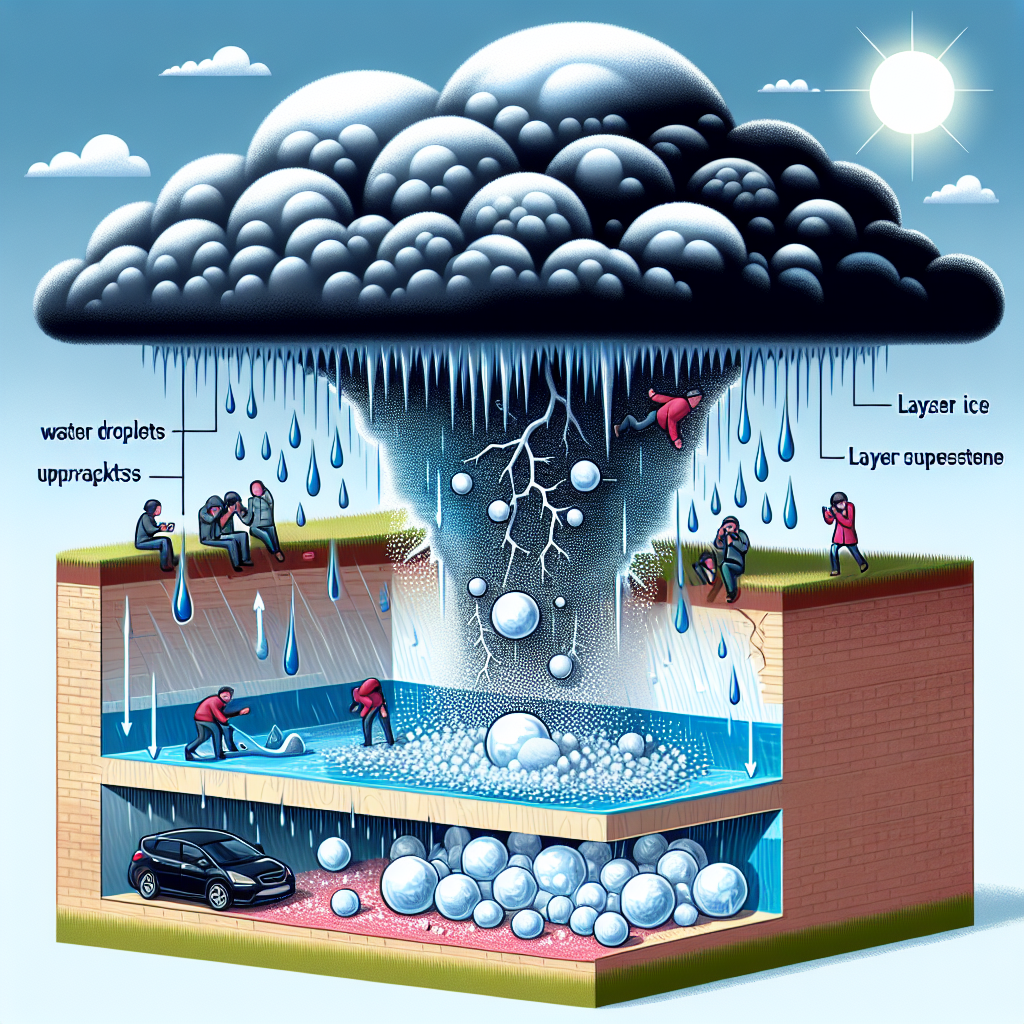The Connection Between Weather and Mood
Understanding the Basics: How Weather Affects Mood
Weather has an undeniable influence on human emotions and behaviors. The correlation between meteorological conditions and psychological states has been widely researched. Studies indicate that certain weather patterns can evoke specific feelings among individuals. This connection is particularly strong in relation to sunlight exposure, temperature variations, and changes in precipitation.
Sunlight and Mood
The role of sunlight cannot be overstated when discussing the relationship between weather and mood. Sunlight exposure is linked to the production of serotonin, a neurotransmitter responsible for feelings of well-being and happiness. During sunny days, elevated serotonin levels can lead to enhanced moods and increased productivity. Conversely, prolonged periods of overcast weather can lead to decreased serotonin production, which may result in feelings of sadness or lethargy.
Moreover, Seasonal Affective Disorder (SAD) represents a significant example of how a lack of sunlight can impact mental health. Individuals with SAD commonly experience depressive symptoms during the winter months when daylight hours are shorter. Light therapy, which simulates sunlight exposure, has proven effective in alleviating these symptoms.
Temperature and Mood Variations
Temperature fluctuations can profoundly affect our emotional states. Research indicates that warmer temperatures can lead to improved mood and increased social interactions. People tend to engage in outdoor activities when it is warmer, thereby enhancing feelings of happiness and relaxation. However, excessively high temperatures can have the opposite effect, resulting in irritability and aggression. Heatwaves have been associated with increased incidences of anxiety, aggression, and even violent crimes.
On the other end of the spectrum, cold weather invokes different responses. For some, chilly conditions can evoke feelings of coziness and comfort; however, for others, especially those who suffer from conditions such as arthritis, cold can lead to discomfort and malaise. The psychological impact of cold weather often leads to a tendency to stay indoors, which can decrease socialization and lead to feelings of isolation and loneliness.
Precipitation: Rain and Mood
Rainy days often carry a stigma of sadness, commonly associated with gloomy weather. Research supports this notion, indicating that rain can induce feelings of melancholy or lethargy for many people. The sound of raindrops may indeed create a calming atmosphere, which can be therapeutic for some, but excessive rainfall can contribute to a feeling of being trapped indoors.
However, it’s vital to acknowledge the variability in individual responses to precipitation. While one person may find rainy weather depressing, another may appreciate it for its soothing properties or see it as a reason for spontaneity, such as a cozy day indoors with a book or a movie.
Wind and Mood
Wind is another meteorological phenomenon linked with mood changes. High winds can evoke feelings of unease and anxiety due to their unpredictable nature. Studies suggest that strong winds may contribute to increased irritability, along with a heightened sense of discomfort. While some enjoy the invigorating feeling of a breeze, excessive wind can lead to frustration and discontent, particularly when it disrupts daily activities.
Conversely, gentle winds may enhance a sense of tranquility, often experienced during pleasant, temperate days. The refreshing sensation of a light breeze can boost mood and encourage outdoor activities.
Humidity and Mental Well-Being
Humidity is a factor that often goes overlooked in casual discussions about weather. High humidity can lead to feelings of fatigue, discomfort, and irritability. The body struggles to regulate temperature in humid conditions, which can result in sluggishness and lower energy levels. This can affect one’s overall sense of well-being, leading to decreased motivation and emotional distress.
In contrast, low humidity often correlates with comfortable, stable weather conditions that encourage social engagement and outdoor activities, thus promoting positive moods.
Climate Change and Mood
Understanding the connection between weather, mood, and climate change is increasingly important. As climate change leads to extreme weather events, the psychological impact could well be profound. Frequent hurricanes, heatwaves, and other natural disasters can result in anxiety, stress, and even PTSD among affected populations. The uncertainty surrounding future weather patterns can further exacerbate these feelings, leading to widespread collective anxiety.
Migrations caused by climate change are another concern, creating populations that are displaced and facing new environmental and social challenges. The psychological toll of these changes can impact communities’ mental health, showcasing the need for integrated approaches to psychological and environmental well-being.
Social and Economic Implications
The link between weather and mood extends beyond individual psychological effects. Societal and economic consequences may also stem from emotional responses to weather. Businesses, particularly those in the hospitality, retail, and tourism industries, often experience fluctuations in revenue based on weather conditions. For instance, sunny weather can lead to increased foot traffic in shops and restaurants, while inclement weather can prompt significant drops in sales.
Additionally, weather-related mood swings can affect workplace productivity. Encouraging mental health initiatives in the workplace can help mitigate negative impacts from less favorable weather conditions. Flexible working arrangements, especially in areas prone to extreme weather variations, allow employees to adapt their schedules according to their mental state impacted by environmental factors.
Coping Strategies
To navigate the connection between weather and mood, individuals can adopt various coping strategies. Emphasizing self-care is crucial. On sunny days, taking advantage of outdoor activities can improve mood and promote physical health. When the weather is dreary, engaging in hobbies indoors, such as reading or cooking, can provide comfort.
Physical activity, whether indoors or outdoors, remains one of the most effective methods for offsetting adverse emotions tied to weather conditions. Exercise releases endorphins, which can counteract feelings of sadness or lethargy.
Mindfulness practices, such as meditation or yoga, can also assist in managing mood fluctuations driven by weather changes. Staying connected with friends and family can provide emotional support and mitigate feelings of isolation.
Furthermore, proactively discussing the implications of weather on mood can foster understanding and community support, thereby promoting collective resilience against adverse psychological impacts.
Final Thoughts
The connection between weather and mood is complex, influenced by various factors, including genetics, personal experiences, and local climate. Individuals experience these connections uniquely, and while weather patterns can dictate emotional states, proactive coping strategies can empower one to maintain a positive outlook even when facing challenging weather. Understanding this intricate relationship is key to facilitating improved mental health in an ever-changing world.



















